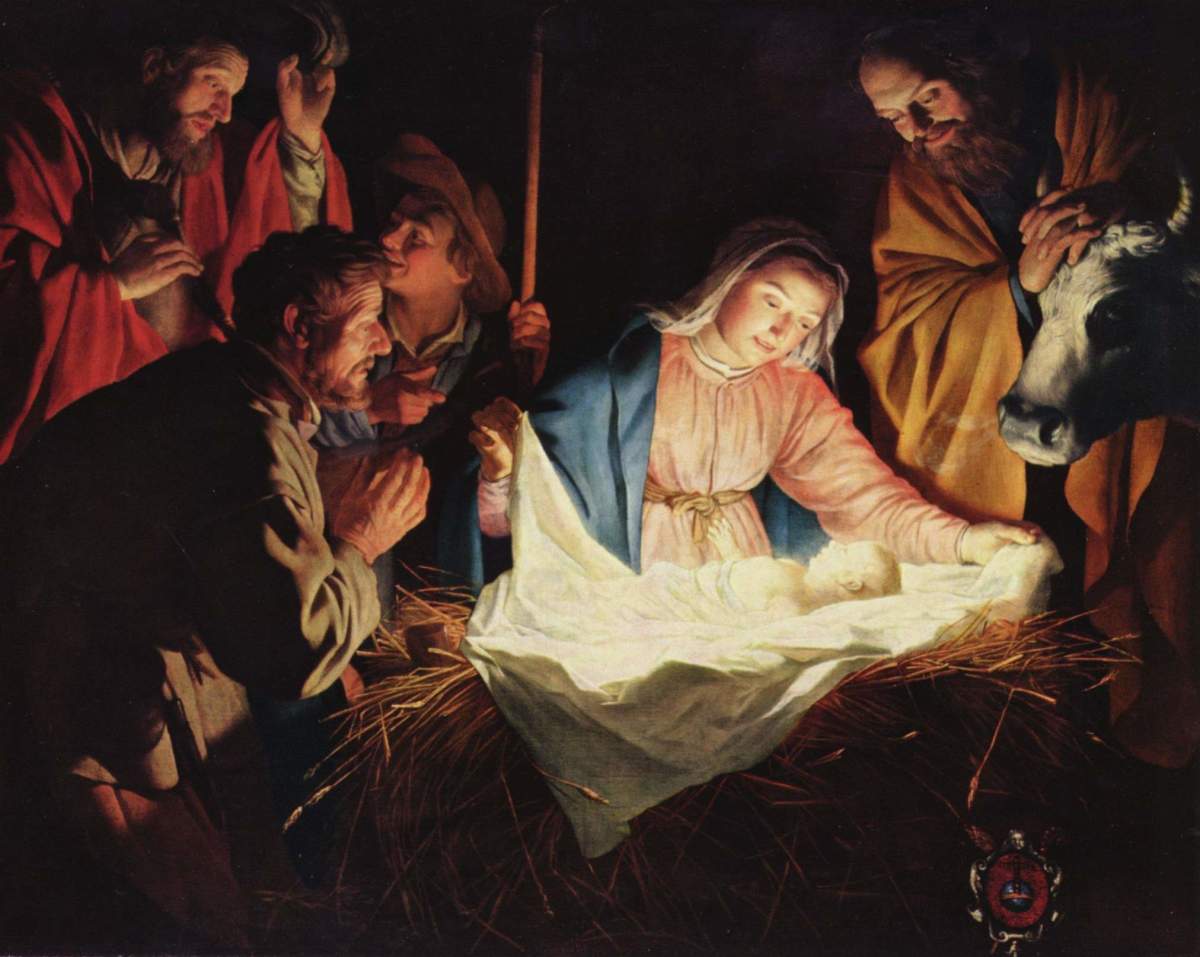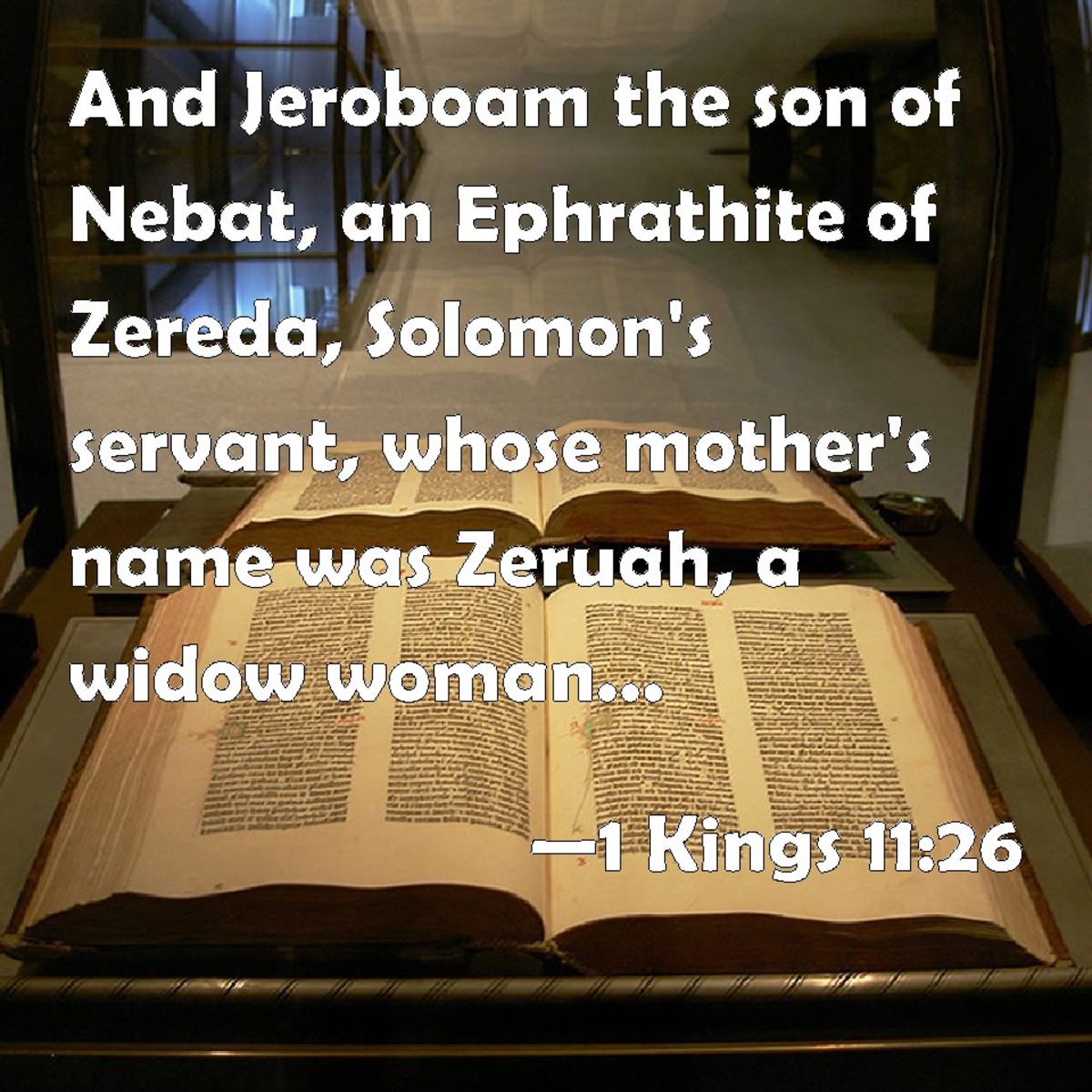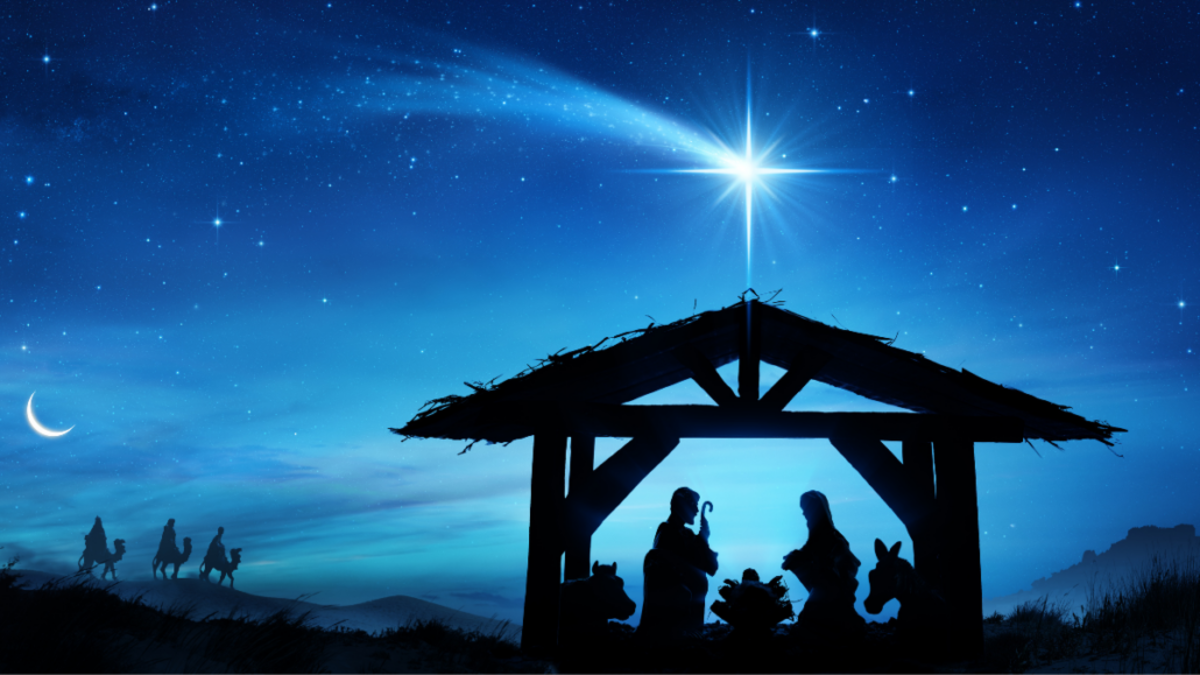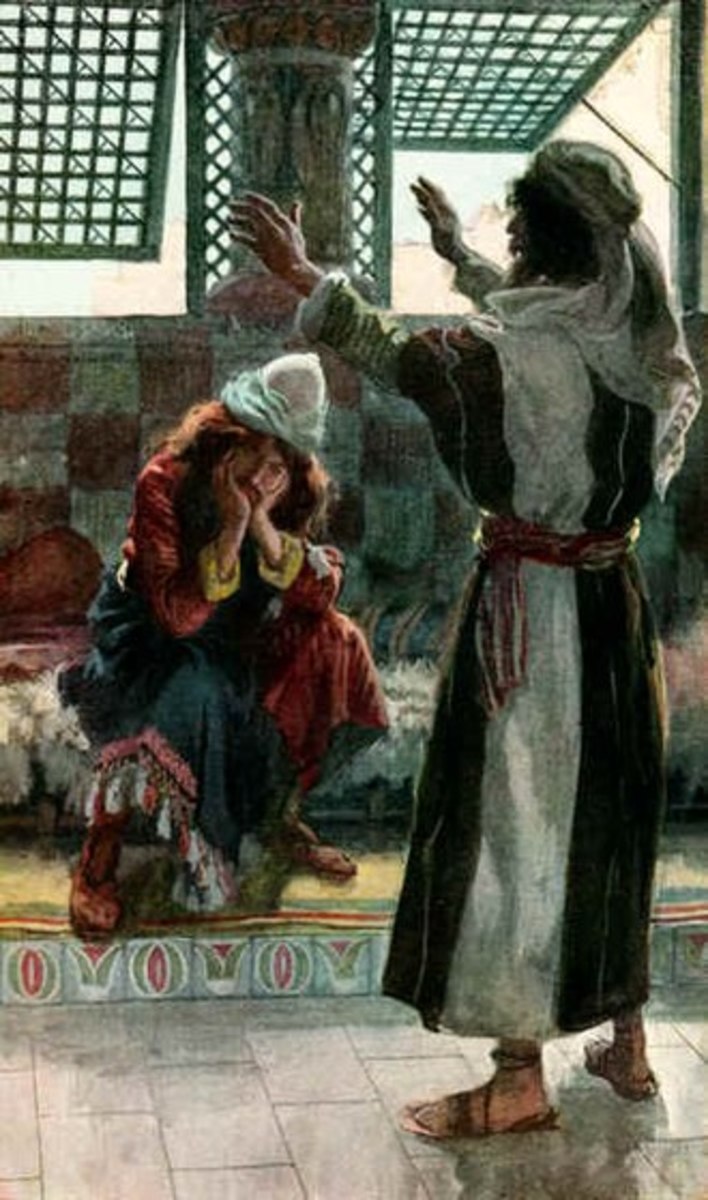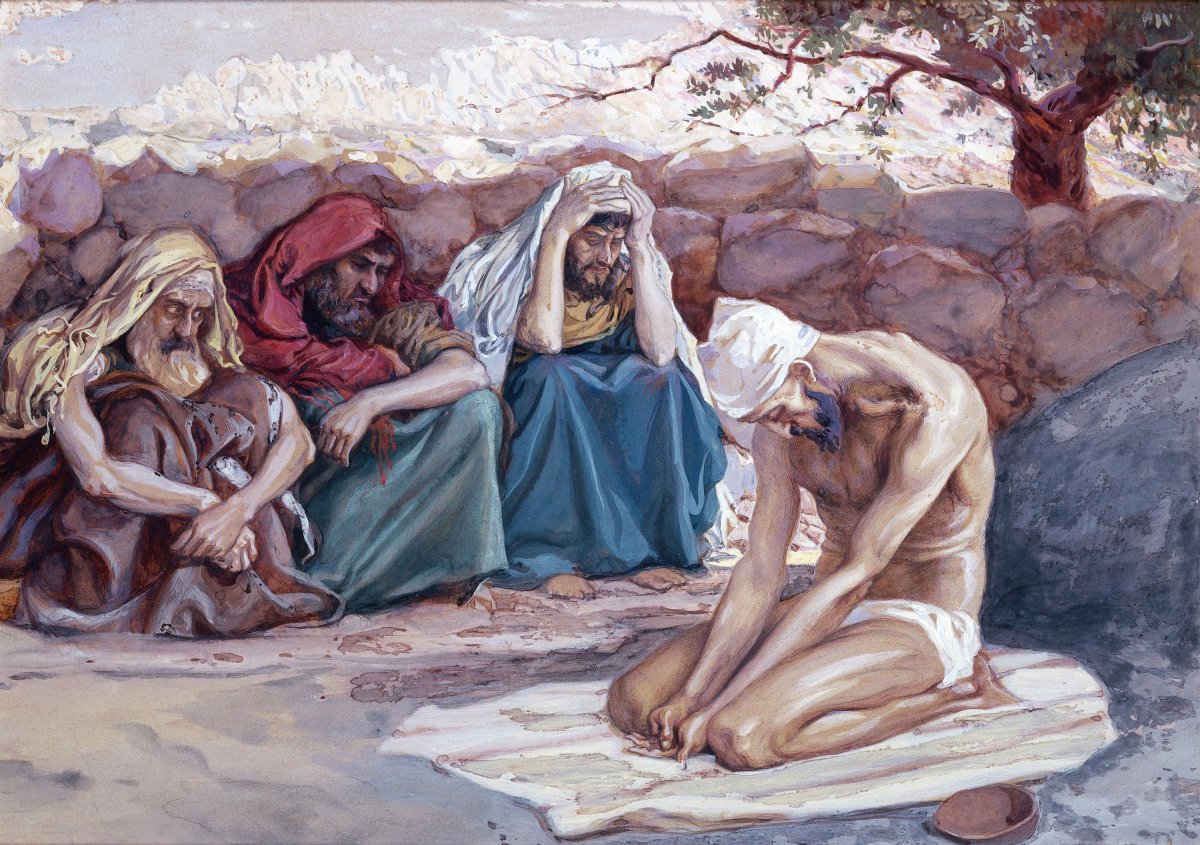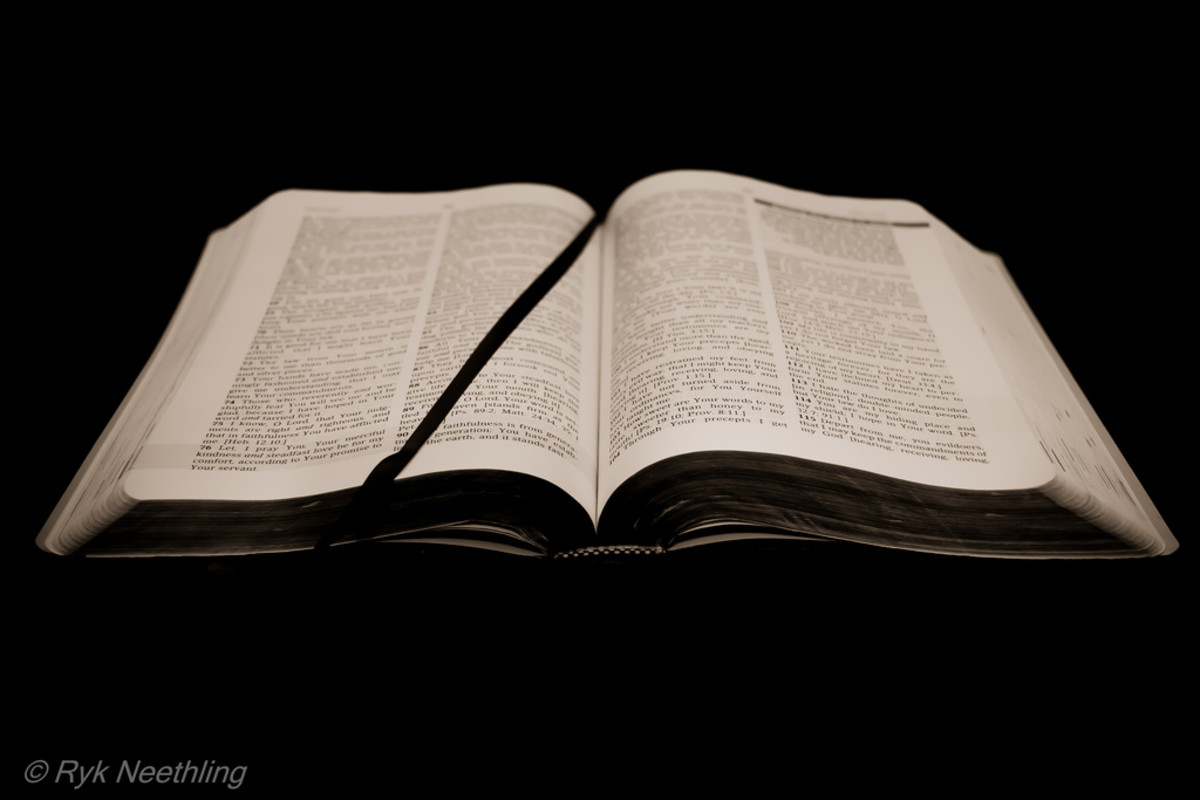Christ's Church Is The Tabernacle of David
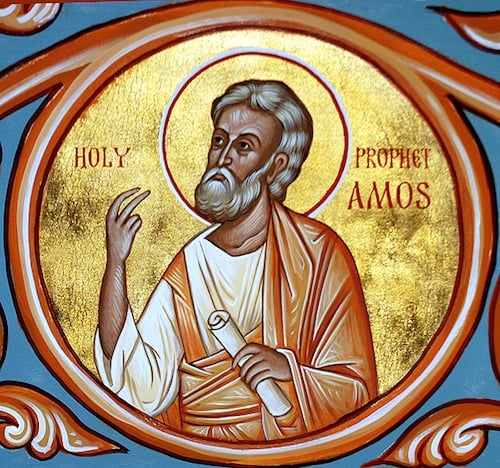
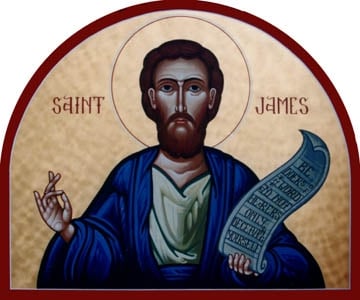
After this I will return, and will build again the tabernacle of David. (The Prophet Amos, Acts 15:16)
In this writing on Apostolic Kingdom Theology we will be revisiting the prophecy of Amos, as given in Amos 9:11-12. I trust that you are following this study on your knees with an open bible as well as an open heart.
The Kingdom prophecy of Amos 9:11-12 is interpreted by James (the half brother of our Lord as recorded by Luke in Acts 15:13-1) as finding its fulfillment in the establishing of the Lord’s Church.
Below, I will give both the words Amos and James respectively, for your comparison.
- Amos: “In that day will I raise up the tabernacle of David that is fallen, and close up the breaches thereof, and I will raise up his ruins, and I will build it as in the days of old; that they may possess the remnant of Edom, and of all the heathen, which are called by my name, saith the LORD that doeth this.” (Amos 9:11-12).
- James: “Men and brethren, hearken unto me: Simeon hath declared how God at the first did visit the Gentiles, to take out of them a people for his name. And to this agree the words of the prophets; as it is written, After this I will return, and will build again the tabernacle of David, which is fallen down; and I will build again the ruins thereof, and I will set it up: That the residue of men might seek after the Lord, and all the Gentiles, upon whom my name is called, saith the Lord, who doeth all these things.” (Acts 15:13-17).
From the above companion texts one sees clearly, from the very first, that James and the apostles (in fact, the whole of the Jerusalem council) understood the economy of the Church to be the fulfillment of Amos’ prophecy.
Before we enter into Amos’ text, a word must be said concerning the Hebrew word Amos used that is translated into English (KJV) as “tabernacle.” The word is “cukkah” (sook-kaw). The primary meaning of cukkah is; hut, booth, or cottage. The word is only used in two other places in the Scriptures: i.e. Job 36:29 and Isaiah 4:6. This word is different from the Hebrew word used for the tent David erected to house the Ark of the Covenant; that word is “ocel” (see 2 Samuel 6:17). The primary meaning of the Hebrew “ocel” is tent. That Amos intends something other than the tent, which housed the Ark of the Covenant, is evidenced by his use of the all but exclusive Messianic word “cukkah.” Therefore, we understand the phrase “tabernacle of David” to mean “house of David;” in the sense of his royal house. Because this is the sense in which the word “cukkah” is employed by Amos. This is emphasized by the prophet referencing the tabernacle of David as “they” in verse 12.
Amos wrote in a time (760-750 B.C) just prior to the northern kingdom of Israel being taken captive by the Assyrians (722 B.C). His book is addressed to both the northern kingdom of Israel and the southern kingdom of Judah, e.g. as is seen by the reference to Judah and Jerusalem. The twelve tribes, that were united under the rule of King David, had long past been divided (930 B.C.). And now, the unthinkable was about to happen. Because they had not completely surrendered to the lordship of Yahweh, God would up root His chosen people (from Dan—in the north, to Beersheba—in the south) by the hands of pagan nations. Amos is the first prophet to speak of this time of judgment as “the day of the LORD” (see 5:18,20). The prophet paints a vivid picture when he quotes God as saying: “And I will destroy it (Israel) “from off the face of the earth; ... and I will sift the house of Israel among all nations, like as corn is sifted in a sieve” (9:8-10). Yet, if they would repent the LORD assures them that, “I will not utterly destroy the house of Jacob” (9:8). There were promises of great hope that ‘the LORD God of hosts will be gracious unto the remnant” (5:4-6, 14,15). (Note here the theme of the “day of the LORD” and the “remnant” that is also present in Joel’s prophecy of the same event; which is also explained by Paul in Romans 11:1-5,7). The promise is of the Messianic Kingdom established with a repentant remnant, and ruled over by the restored “house of David” (Amos 9:11-12). Consequently, the throne of David would reunite the twelve tribes “as in the days of old” (9:11), in a kingdom that would be eternal. Moreover, the result of this restored “tabernacle (house-cukkah) of David” would be that Israel’s rule would be extended over “Edom” (Edom is representative of Israel’s enemies) and “ALL the heathen;” or said another way – All Gentile nations! (See 9:12.)
The phrase “in that day,” of verse 11, references the scattering (sifting) of the Jews “among all nations” (see 9:9) and the killing of the sinners by the sword (see verse 10). Therefore, the rebuilding of the “tabernacle of David” would take place contemporaneously with the judgment described in verses 8-10; otherwise called by Amos; “the day of the LORD” (see 5:18-20).
When this prophecy is paralleled with the observation of James (Acts 15:13-17), it becomes clear that the “tabernacle (house) of David” was reestablished by Jesus, the Son of David (see Luke 1:32; Matthew 21:9 etc.), who resurrected from the dead to occupy the throne of His father David (see Luke 1:32; especially Acts 2:30 as it is compared with Psalms 132:11). And, further, that this rebuilding of David’s house was accomplished contemporaneously with God’s judgment upon Israel. A destruction and scattering that was presaged by the Assyrians and Babylonians, but completely carried out by the Romans in the generation of Jesus and His apostles (see Matthew 23:34-38 and 24:34). Of course this was accomplished in A.D. 70 by the Roman general Titus. Josephus tells us that the land was literally depopulated of Jews; those that were not killed were sold into slavery throughout the habitable earth.
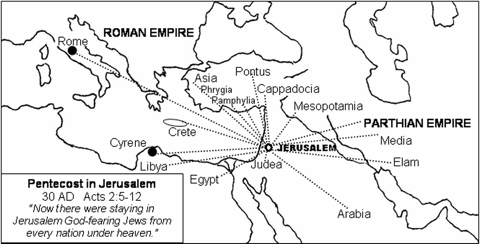
Fulfilled: Day of Pentecost, AD 30
As we have already seen, the Lord’s promise to rebuild the house of David “as in the days of old” (9:11), has the reuniting of the twelve tribes of Israel in view—as they were during the reign of King David. This house was raised up on the Day of Pentecost A.D. 30 in the city of Jerusalem, when those who had been sifted throughout the habitable earth (by the Assyrians and Babylonians), along with those of Judah who were God’s remnant – God’s elect (Romans 11:1-5,7)—the Israel of promise (Romans 9:6-8; Galatians 4:22-31), as shown in Acts 2:9-11, ascend to Jerusalem from all points of the compass to be filled with the Holy Ghost, as the prophet Joel had foretold (Joel 2:28ff). That the church is, indeed, the “house of David” rebuilt is witnessed to by James on two accounts.
- Number one, is when he emphatically acknowledged the Lord’s Church as the “tabernacle (house-cukkah) of David.” James, does this in Acts 15:13-17 were he (through the Holy Spirit) explains, to the believing Jews, just who and what the Gentile Christians where.
- Number two, was when he addresses the Lord’s Church as “the twelve tribes” (see James 1:1).
As you well know, there is much more that could, and most likely ought, to be written. But, I must leave further points to be developed by your own personal study on this most important subject. It is my Christful hope that these few lines may open portals to truths too sublime for words on paper.
May the God of all love keep you in His grace; is my prayer for you.
Apostolically Speaking
☩ Jerry Hayes
John Hibbert speaks on New Testament worship and praise.
Read More From the Bishop on Kingdom Thelogy
- The Nature of the Kingdom of God
The Kingdom of God. What is it? What is its make-up and nature. This article ventures into these questions. - The Millennial Reign of Christ
The subject under review in this writing is what is commonly called the “Millennial Reign of Christ.” The word “millennium” means: one thousand. but, is the 1,ooo yrs literal or figurative. - Revelation’s Warnings Of Imminence
We continue our study of Kingdom theology by reviewing Revelation's quadruple warnings of imminent fulfillment. The challenge to futurism is glaring. - Did the Prophets Write of the Church?
It is argued by dispensationalist that the OT prophets did not see the Church in their prophecies. In this view the OT prophecies only pertain to Jews. This article challenges that position. - God's New Covenant With Israel
The purpose of the writing is to show the event of Calvary to be the cutting of God's promised New Covenant with Israel, thus demonstrating the Church to actually be the Israel of promise. - “Joel’s Messianic Age, the Church of Jesus Christ”
When the Prophet Joel wrote of the messianic age he had the Church age in view. This article is continuing the narrative of how the prophets foresaw the Lord's church.
You can own this book by Bishop Jerry Hayes


